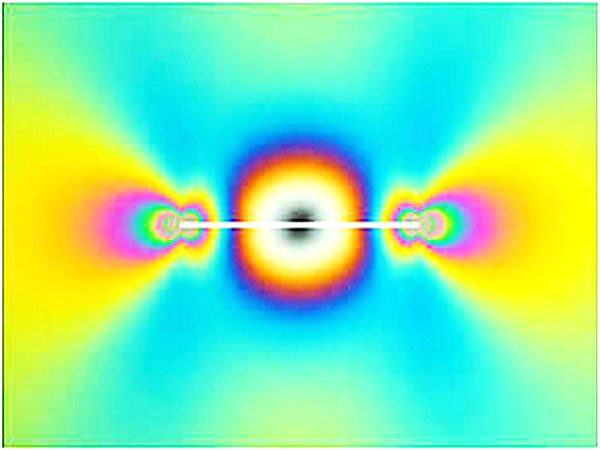
Scientists create an "eye on reality" camera that sees invisible light
Scientists from Harvard University created a device that offers us a view into a normally unseen world. Their new compact polarization camera promises to achieve in one shot an imaging of the direction of vibrating light, invisible to our eyes. While some polarization cameras currently exist, they are very bulky, with expensive moving parts and limited uses.
The scientists used nanotechnology to achieve this feat.
The camera's creators see it as a breakthrough, with wide usefulness, from self-driving vehicles to satellites, planes, facial recognition, security and chemistry applications.
Most cameras can typically only detect the intensity and color of light but can't see polarization. This camera is a new eye on reality, allowing us to reveal how light is reflected and transmitted by the world around us.
Polarization is a trait of light that changes when reflected from a surface, it can be helpful to reconstructing objects in 3D, allowing for better estimates of depth, texture and shape.
Another advantage of the device – it's just 2 centimeters in length and can be worked into existing imaging systems like cell phone cameras.
 English
English Arabic
Arabic


